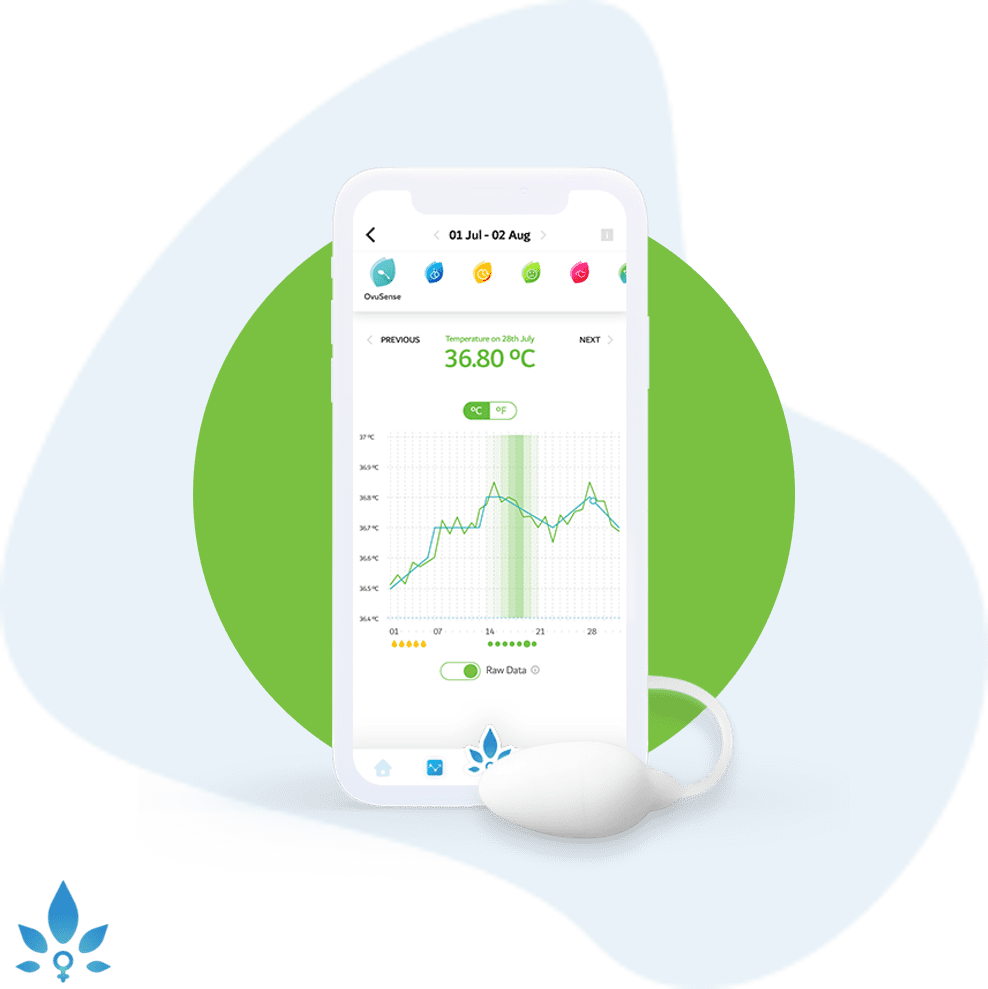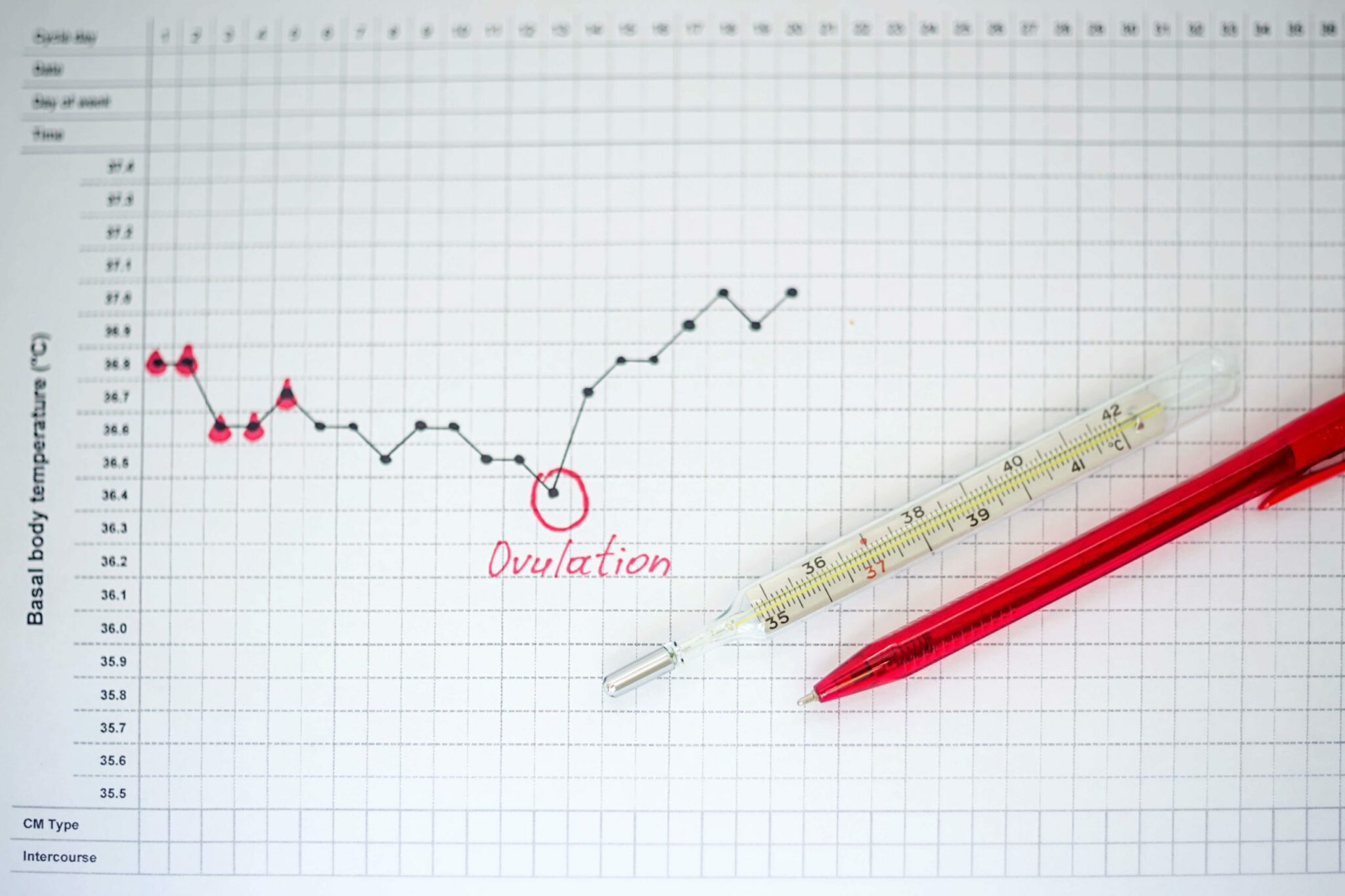What is Ovarian Drilling?


Ovarian drilling, most commonly known as Laparoscopic Ovarian Drilling (LOD) is a treatment option for women who are suffering from infertility as a result of Polycystic Ovary Syndrome (PCOS).
PCOS is a very common endocrine disorder that affects up to 10% of women of childbearing age worldwide. Many women with PCOS struggle to conceive and, whilst conservative treatment in the form of weight loss can help, many women use medication to boost their fertility. LOD is a surgical alternative. First developed in the 1980s, it is a minimally invasive technique whereby the ovary is punctured several times using electrocautery or laser at various energy levels. It has been found that creating 4-5 punctures, each one 2-4mm deep is most effective. Traditionally the technique involved making a small cut in the abdomen and inserting a laparoscope, however, a more recent development is to use transvaginal hydrolaparoscopy or fertiloscopy.
How does LOD work?
It is still not really clear how LOD relieves the symptoms of PCOS. Typically, to receive a diagnosis of PCOS a female has to present with two out of three of the main symptoms; polycystic ovaries, hyperandrogenism and/or anovulation. LOD has been shown to successfully restore ovulation as well as relieving some of the symptoms of androgen excess, such as hirsutism and acne.
Suggested mechanisms of action include:
- Destruction of ovarian follicles, increasing levels of FSH and restoring ovulation.
- Destruction of androgen-producing ovarian stroma, reducing the levels of circulating androgens.
- Increased ovarian blood flow, enhancing the delivery of gonadotropins to the ovaries and stimulating the production of oestrogen.
- A possible improvement in insulin sensitivity (many women with PCOS are insulin resistant and borderline diabetic).
Success rates of LOD
LOD is effective at restoring ovulation and regulating the menstrual cycle in approximately 74% of women, and of these, about 50% will fall pregnant. It is seldom used as a first line approach, even though it has fewer gastrointestinal side effects than the medications most commonly prescribed. These include clomiphene citrate, which is an ovulatory stimulant, and metformin, which increases insulin sensitivity.
Another advantage to LOD is that there is less chance of it causing ovarian hyperstimulation and multiple pregnancies, which are frequently seen after hormonal therapy.
Perhaps the biggest drawback is that it does involve undergoing a surgical technique, which some women may find too invasive.
LOD is considered an approach worth trying for those who have failed to conceive after 6-9 cycles of clomiphene citrate.
Nabta is reshaping women’s healthcare. We support women with their personal health journeys, from everyday wellbeing to the uniquely female experiences of fertility, pregnancy, and menopause.
Get in touch if you have any questions about this article or any aspect of women’s health. We’re here for you.
Sources:
- Fernandez, H, et al. “Ovarian Drilling for Surgical Treatment of Polycystic Ovarian Syndrome: a Comprehensive Review.” Reproductive Biomedicine Online, vol. 22, no. 6, June 2011, pp. 556–568., doi:10.1016/j.rbmo.2011.03.013.
- Lebbi, I, et al. “Ovarian Drilling in PCOS: Is It Really Useful?” Frontiers in Surgery, vol. 2, no. 30, 17 July 2015, doi:10.3389/fsurg.2015.00030.
- Lepine, S, et al. “Ovarian Surgery for Symptom Relief in Women with Polycystic Ovary Syndrome.” The Cochrane Database of Systematic Reviews, vol. 11, 10 Nov. 2017, doi:10.1002/14651858.CD009526.pub2.













































